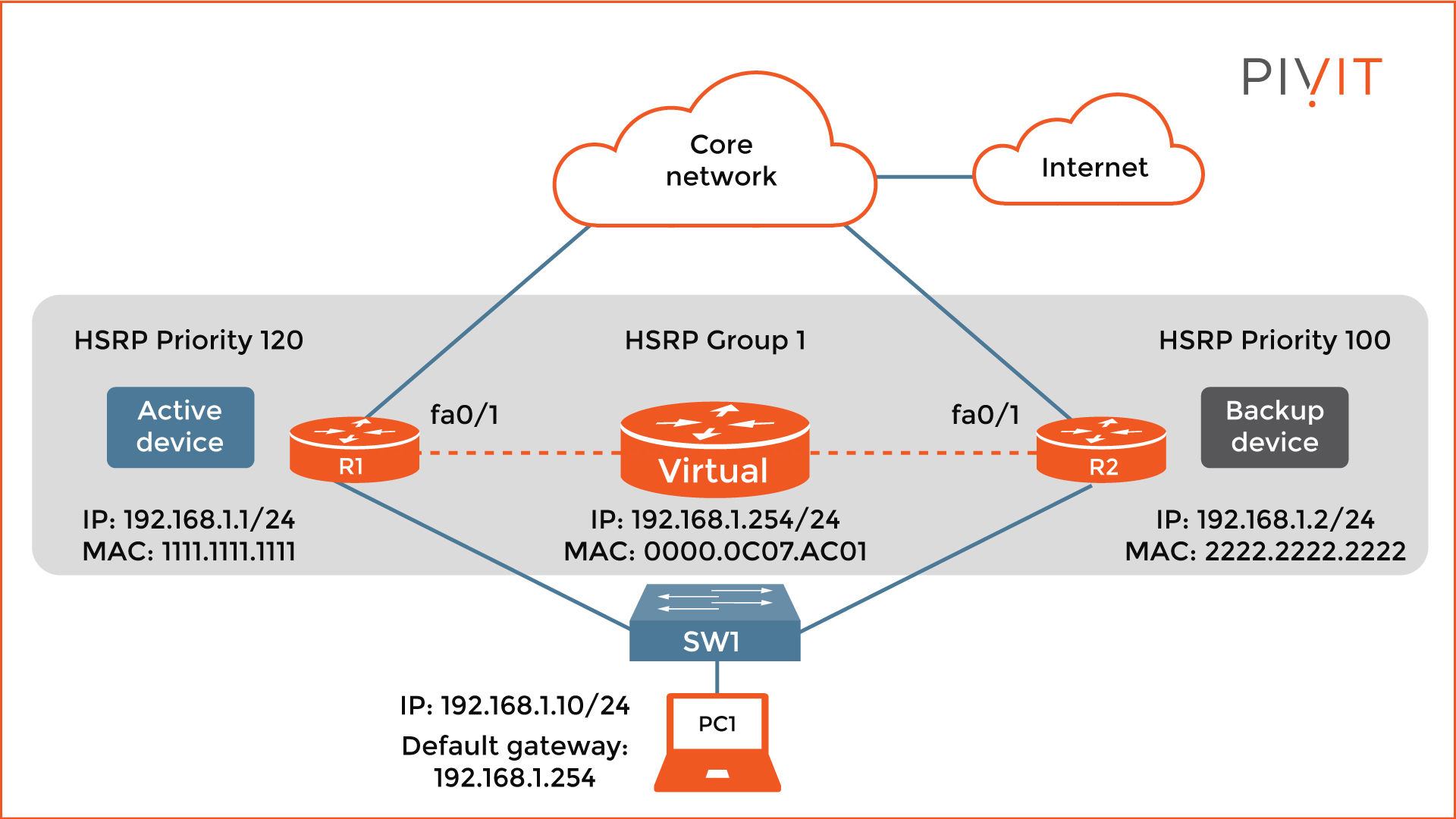Connect two different networks together and forwards traffic to and from networks
Routers have a IP Address and MAC Address for each of its interface
It learns which networks are connected to each of its interfaces
Routers allow to separate out Broadcast Domains
Routers contain routing tables which stores info on how to route information across the networks. They also have an ARP Table
ARP Tables start out empty and are populated as traffic flows through the network while Routing Tables have be configured before it can be used
When an router receives an packet with an unknown destination IP the packet is dropped
Routing Tables can be populated via three approaches:
- Directly Connected: Routes for networks which are attached (WAN and LAN interface)
- Static Routes: Routers that are manually entered by a Administrator
- Dynamic Routes: Routes that are automatically learned from other Routes. Dynamic Routing Protocols are used to share these Routes

static routing and dynamic routing is exactly the same the only difference is the way the information is learned
The content that is added into the routing table by
Command: route print
First-Hop Redundancy

Uses Hot Standby Router Protocol (HSRP) to create virtual IP and MAC Addresses to provide active and standby routes
Physically in the network there will only be two routers (Active and Standby)
The Virtual Router is configured as the Default Gateway for the network
All packets on the network are sent to the Virtual Router which decides which router to send the data based on which router is currently active